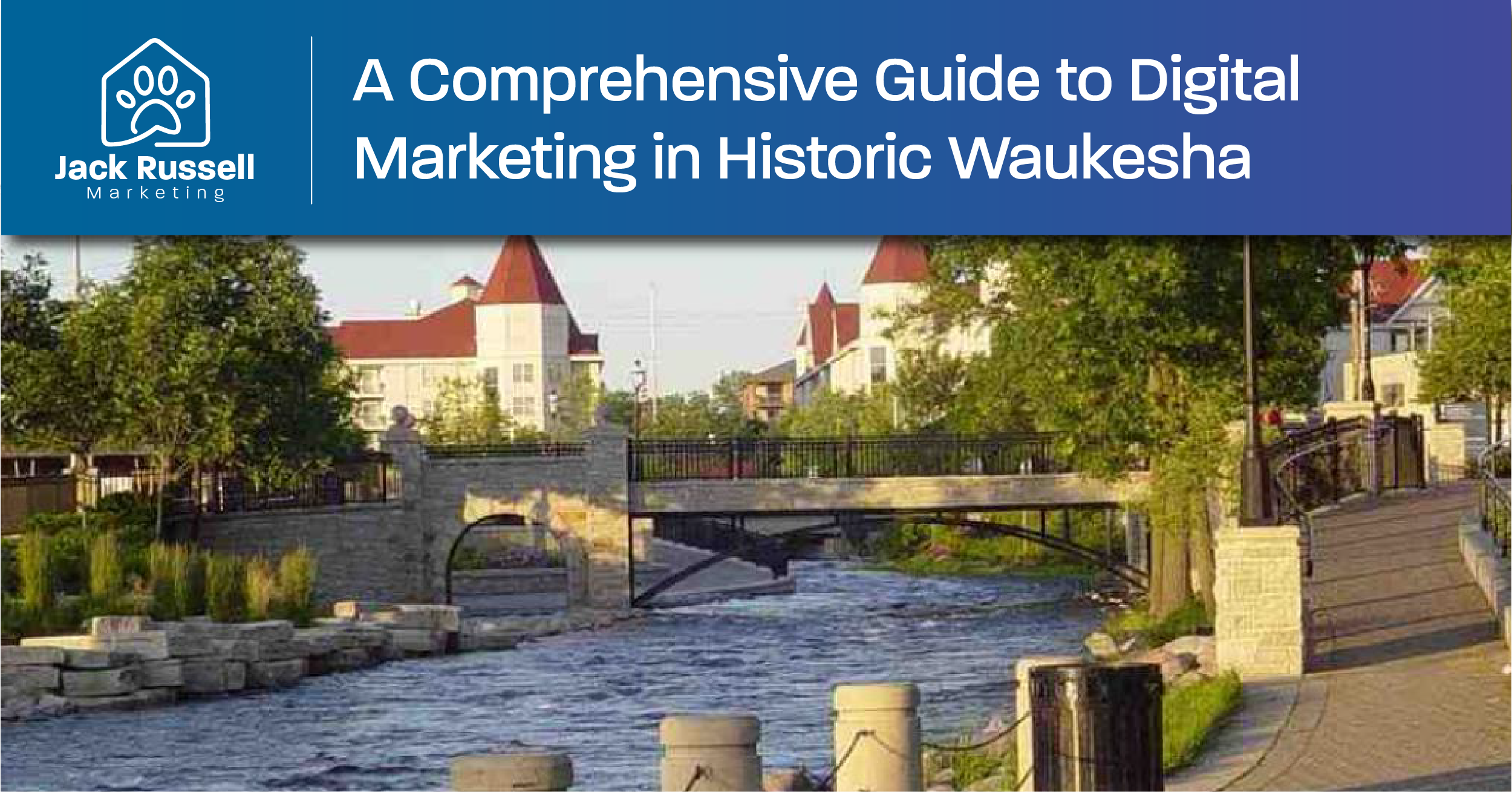Mastering Private Healthcare Marketing: Strategies for Modern Providers

Over the past decade, the healthcare industry has transformed significantly, driven by advances in technology and shifts in patient expectations. For private healthcare providers, navigating this evolving landscape presents unique challenges and opportunities. Effective marketing strategies are crucial for standing out in a competitive market, enhancing patient engagement, and driving growth. This guide delves into the nuances of private healthcare marketing, providing actionable insights and innovative strategies designed for today’s healthcare professionals.
Strategic Planning in Private Healthcare Marketing
Understanding Market Dynamics
Before devising a marketing plan, it’s essential to grasp both the external and internal factors that shape your market. This includes staying informed about regulatory changes, conducting competitive analyses, and identifying emerging patient needs. Understanding these elements lays the groundwork for informed marketing decisions.
Segmentation and Targeting
Identify specific market segments based on demographics, geographic locations, and psychographics. For private healthcare providers, targeting might focus on families, elderly patients, or young professionals, depending on the services offered.
Unique Value Proposition (UVP)
Clearly define what sets your services apart in the marketplace. A compelling UVP effectively communicates the advantages of choosing your healthcare facility over competitors.
Digital Marketing Tactics for Private Healthcare
Search Engine Optimization (SEO)
Enhance your online visibility by incorporating relevant keywords such as “private healthcare services in [Location]” or “premium healthcare treatments” into your content. This improves your ranking on search engine results pages (SERPs).
Content Marketing
Create high-quality, informative content that addresses potential patients’ health concerns and questions. This could include blog posts, white papers, and e-books about common conditions, treatment options, and preventive health tips.
Social Media Engagement
Use platforms like Facebook, Instagram, and LinkedIn to connect with potential patients and professional peers. Sharing updates, patient testimonials, and behind-the-scenes content fosters community and transparency.
Email Marketing
Engage patients with personalized emails offering health tips, clinic updates, and special promotions. Using segmentation tools, tailor messages based on patients’ history and preferences to enhance relevance and effectiveness.
Advanced Marketing Techniques
Video Marketing:
Create video content that showcases your facility, staff, and success stories. Videos can be highly engaging and are shareable across multiple platforms, enhancing visibility.
Influencer Partnerships:
Collaborate with health influencers and bloggers to reach a broader audience. They can help promote your healthcare services through authentic, trusted content.
Webinars and Online Workshops:
Host educational sessions that can not only attract new patients but also build your reputation as a leader in the healthcare industry.
Offline Marketing Integration
Community Involvement:
Participate in or sponsor local events, health fairs, and seminars. This not only enhances visibility but also establishes your commitment to the community’s well-being.
Networking with Professionals:
Build relationships with other healthcare providers and local businesses. Referral networks can be a powerful tool for attracting new patients.
Traditional Media:
While digital marketing is crucial, traditional media channels like radio, newspapers, and billboards can still be effective, especially in certain demographics.
Ensuring Compliance and Ethics
Regulatory Compliance
Stay informed about healthcare marketing regulations to ensure compliance and build trust with your audience.
Ethical Marketing Practices
Maintain honesty, respect, and cultural sensitivity in all marketing materials. Avoid sensationalism, especially concerning patient outcomes and health information.
Conclusion
As technology progresses and patient expectations evolve, the landscape of private healthcare marketing is continuously shifting. By embracing a comprehensive and integrated marketing strategy, private healthcare providers can thrive in this dynamic environment.
Recent Publications

Embracing the Digital Future in Waukesha: A Comprehensive Guide to Digital Marketing in Historic Waukesha
Embracing the Digital Future in Waukesha: A Comprehensive Guide to Digital Marketing in Historic Waukesha In the picturesque city of Waukesha, Wisconsin, where historic charm

Brookfield Digital Marketing: Driving Business Growth in the Digital Age
Brookfield Digital Marketing: Driving Business Growth in the Digital Age In the charming city of Brookfield, local businesses are increasingly turning to digital marketing strategies

Mastering Private Healthcare Marketing: Strategies for Modern Providers
Mastering Private Healthcare Marketing: Strategies for Modern Providers Over the past decade, the healthcare industry has transformed significantly, driven by advances in technology and shifts
